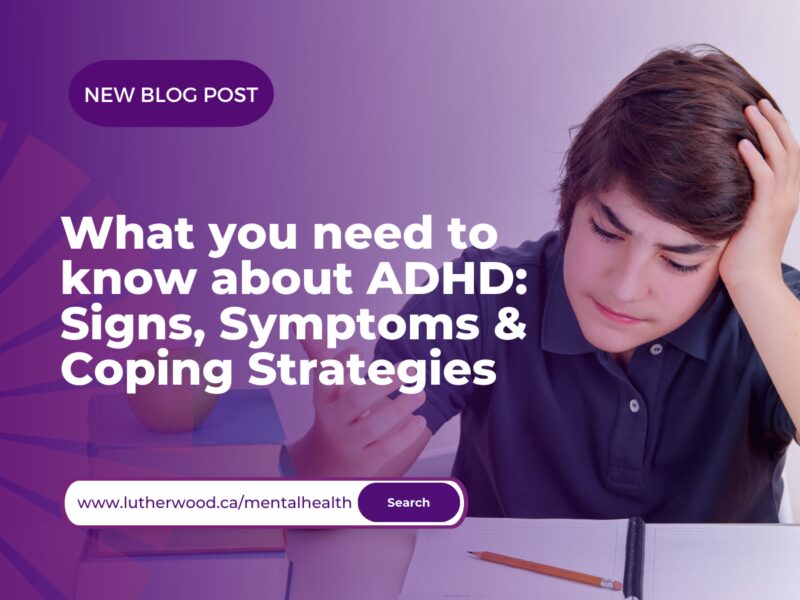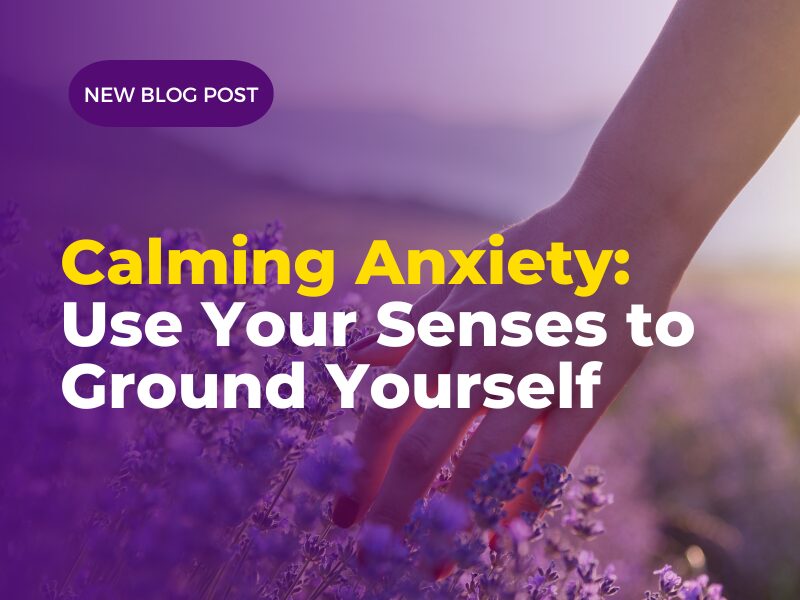What you need to know about ADHD: Signs, Symptoms and Coping Strategies

October is a busy month for worldwide recognition of Mental Health. Canada starts off the month with the Canadian Alliance on Mental Illness’ Mental Illness Week in Canada and internationally, the World Health Organization (WHO) celebrates World Mental Health Day on October 10th. But did you know it is also ADHD Awareness Month? Among some of the most common neurodevelopmental disorders found in young people is Attention-deficit/hyperactivity disorder otherwise known as ADHD.
According to the Centre for ADHD Awareness, Canada, ADHD affects approximately 5%-9% of children and 3%-5% of adults, and once diagnosed, the disorder often lasts throughout a person’s life. With ADHD as common as it is, here are a few tips and strategies to help better understand and support young kids and youth with ADHD.
1. Understanding
ADHD is a chronic neurodevelopmental disorder that affects attention span and concentration. There are three types of ADHD: hyperactive and impulsive behaviours, inattentive behaviours, and combined, which is the most common. There are a wide range of symptoms and signs, which can make it hard to recognize patterns of ADHD. Paying attention to the frequency of behaviors can help show the potential for ADHD in youth or young kids.
2. Signs and symptoms
Recognizing signs and symptoms means knowing what to look for. ADHD can look like problems staying focused on work or activities, lack of attention to detail, often not following through on instructions, not finishing tasks or struggles in organizing tasks. These are signs of inattentive behaviours. Fidgeting, having a hard time sitting still, excessive climbing, or difficulty in waiting for a turn can be signs of hyperactive and impulsive behaviours.
3. Coping Strategies
If you’re working with young people with ADHD, try to provide the person with a structured environment, or a calm and quiet atmosphere without distractions for them to work. Asking the person what they think will help them in their setting also goes a long way. Here is a list of more coping strategies to keep in mind when working with young people with ADHD. For kids in school, supply short work periods and break down assignments into small tasks. Having tools like fidget toys, noise-canceling headphones or stress balls can help youth as well.
There are also a number of treatment interventions that can help young people with ADHD including Cognitive-behavioral therapy (CBT). However, with care and compassion toward others’ personal needs and by providing coping strategies, we can help to support youth with ADHD in their day-to-day life.
If you are a parent or caregiver supporting a child or youth who is struggling with mental health, please reach out to Lutherwood’s Front Door with concerns or questions.
Resources:
Centre for ADHD Awareness Canada
Canadian Association of Mental Health
Instagram Feed
"I started to harm myself and even attempted to take my life. I hit rock bottom. My Lutherwood counsellor was different – she listened. Once I realized that she truly cared, I began to trust and open up to her.”












